Categories Universal ball bearings are crucial components in various mechanical systems, playing a vital role in ensuring smooth and efficient operation. Their performance directly impacts the longevity and reliability of the machinery in which they are installed. This article delves into six key features that are essential for achieving top performance in universal ball bearings. Precision engineering is a fundamental aspect of high-performance ball bearings. This meticulous process involves designing and manufacturing bearings with exacting tolerances, ensuring each component fits together seamlessly. The precision in engineering directly impacts the bearing’s performance, reducing friction and wear over time. For instance, bearings crafted with high-precision techniques exhibit enhanced rotational accuracy, leading to smoother operation and reduced noise levels. The quality of materials used in ball bearings is another critical factor in their performance. High-grade materials, such as stainless steel, ceramics, and advanced polymers, offer superior strength and durability. These materials can withstand high loads and harsh operating conditions, extending the bearing’s lifespan. Moreover, high-quality materials reduce the risk of deformation and failure, ensuring consistent performance in demanding applications. Lubrication is vital for maintaining the performance and longevity of ball bearings. It minimizes friction between the bearing’s moving parts, reducing wear and preventing overheating. Advanced lubricants, including synthetic oils and greases, provide better thermal stability and resistance to oxidation. Innovations in lubrication technology, such as self-lubricating bearings, further enhance performance by ensuring a consistent supply of lubricant without the need for frequent maintenance.
Rotary Rings are a type of rotating seal widely used in various rotating equipment, such as rotary joints, rotary couplings, rotary connectors, etc. Its main function is to prevent liquid or gas leakage and maintain the normal operation of the equipment. In different applications, the material, structure, sealing method, size, etc. of Rotary Rings vary to adapt to different working conditions.
The materials of Rotary Rings are mainly divided into two categories: metallic and non-metallic.
Metal materials mainly include stainless steel, steel, copper, aluminum, etc., which have characteristics of high strength, corrosion resistance, wear resistance, and are suitable for rotary seals in harsh environments such as high temperature, high pressure, and high-speed.
Non metallic materials mainly include ceramics, silicon carbide, graphite, etc., which have characteristics such as high hardness, high wear resistance, and low friction coefficient. They are suitable for rotary seals under conditions such as low temperature, low pressure, and high speed.
The Rotary Rings with a unidirectional rotation structure can only rotate in one direction and are suitable for devices with only unidirectional rotation.
The Rotary Rings with a bidirectional rotation structure can rotate in two directions, suitable for devices that require bidirectional rotation.
The Rotary Rings with a rotating stationary structure are composed of a rotating ring and a stationary ring. The rotating ring contacts the stationary ring during rotation to achieve sealing, suitable for equipment that requires a rotating stationary seal.
The sealing methods of Rotary Rings are mainly divided into mechanical sealing and liquid sealing.
Mechanical sealing is achieved through the contact surface between the rotating ring and the stationary ring, which has the characteristics of high reliability, long service life, and simple maintenance. It is suitable for rotary sealing in harsh environments such as high speed, high temperature, and high pressure.
Liquid sealing is achieved by injecting liquid between the rotating ring and the stationary ring, which has the characteristics of good sealing performance, low friction coefficient, and preventing dry friction. It is suitable for rotary sealing under low speed, low temperature, low pressure, and other conditions.
The size of Rotary Rings is mainly determined by the equipment requirements, including inner diameter, outer diameter, thickness, shaft diameter, etc.
Rotary Seals,Rotary Lip Seal,Rotating Shaft Seal,V Seals DG Zhongxingshun Sealing Products Factory , https://www.zxs-seal.com

Adapter Sleeves (9)
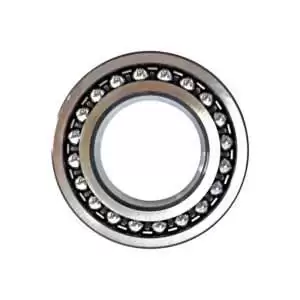
Ball Bearings (11)
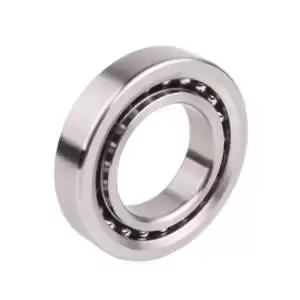
Ball Screw Bearings (2)
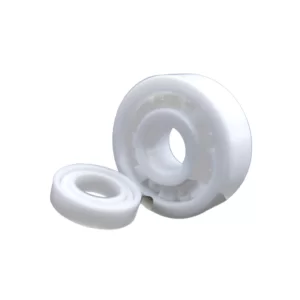
Ceramic Bearings (27)

Pillow Block Bearings (4)

Plain Bearings (32)
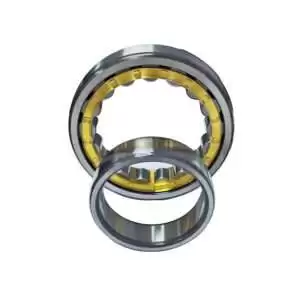
Roller Bearings (12)
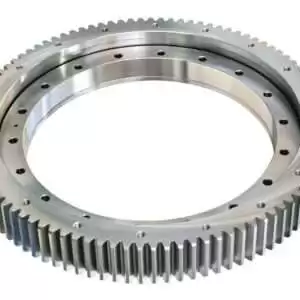
Slewing Bearings (43)

Sliding Block (3)
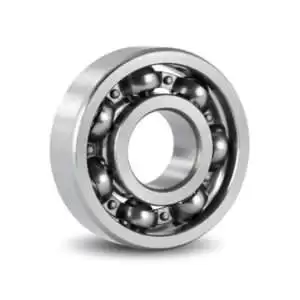
Stainless Steel Bearings (27)

Super Precision Bearings (6)
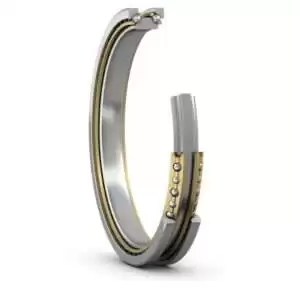
Thin Section Bearings (9)

Track Rollers (4)

Universal Joints (1)
Universal Ball Bearing: 6 Key Features That Ensure Top Performance
Introduction Of Universal Ball Bearing
Feature 1: Precision Engineering
Feature 2: Material Quality
Feature 3: Advanced Lubrication
The structure of Rotary Rings is mainly divided into three types: unidirectional rotation, bidirectional rotation, and rotational stationary.
1. Unidirectional rotating structure

